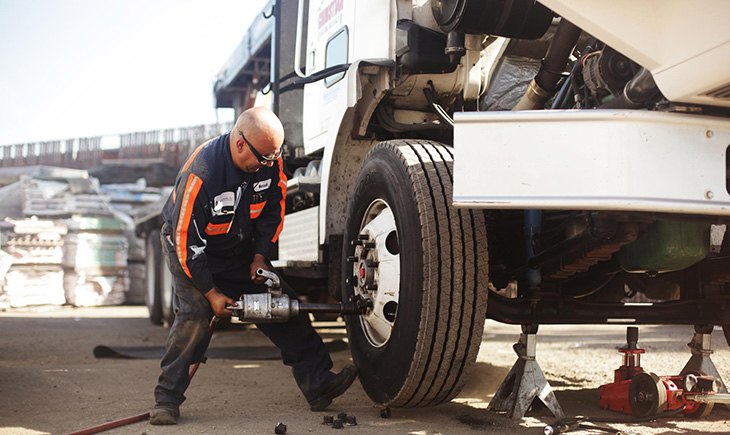
When to Change TBR Tyres?
When it comes to TBR tyres replacements, there are a few key factors to keep in mind. Firstly, tread depth is crucial. TBR tyres have tread wear indicators called "tread bars." Once the tread depth reaches these bars (typically around 2/32 of an inch or 1.6 mm), it's time to get the tires replaced. Remember to regularly check tread depth using a gauge or by looking for wear indicators.
Another important aspect to consider is the age of the tyres. Regardless of remaining tread depth, it is generally recommended to replace TBR tyres every 6 to 10 years. Over time, the rubber compounds in tires deteriorate, impacting their performance and safety.
Keep an eye out for irregular wear patterns such as cupping, feathering, or uneven wear across the tread. These issues could indicate problems with alignment, suspension, or improper inflation. It's crucial to address these problems promptly to prevent further damage or accidents.
Inspect the sidewalls for any signs of damage, including cuts, bulges, or cracks. Such damage compromises the integrity of the tires and can lead to blowouts. If any issues are found, it's essential to replace the tires immediately.
Make sure that the tires have an adequate load capacity for the specific application. Adhering to proper load limits prevents excessive strain on the tires, prolonging their lifespan and reducing the risk of failure.
Driving conditions also play a role in tyre wear. Extreme or harsh conditions such as off-road terrain or severe weather can accelerate wear. Regular inspections and timely replacements are necessary to maintain optimal safety and performance.
Don't forget about regular tyre maintenance, including proper inflation, rotation, and alignment. These practices help distribute wear evenly, extend tyre life, and enhance overall safety.
For specific advice on tyre brands, models, and applications, it's always wise to consult with experienced tyre specialists or mechanics. They can offer valuable insights based on individual needs and usage patterns.
Lastly, remind our clients to follow local regulations and consult with local experts to ensure compliance with any specific requirements or standards in their respective countries.
I hope this information helps our international clients understand when and how to replace truck tires effectively. If you have any more questions or need further assistance, feel free to let me know!